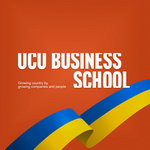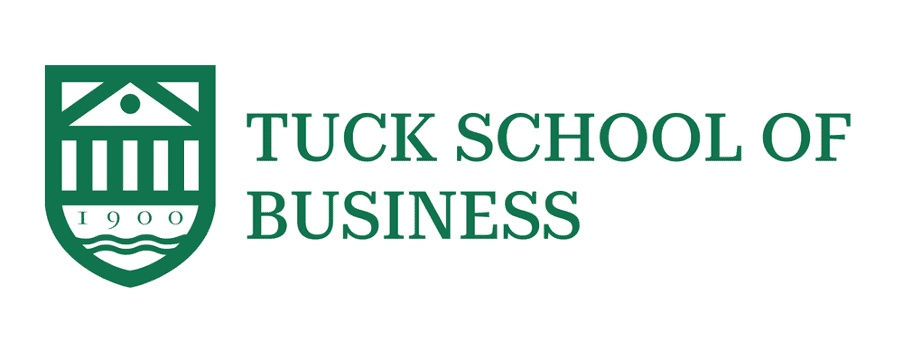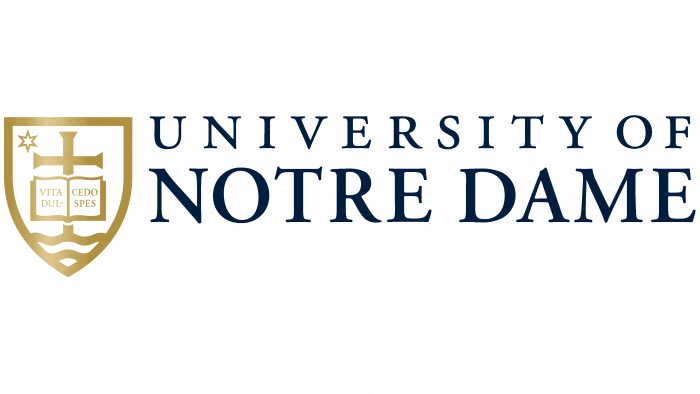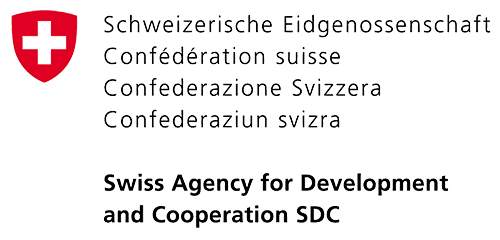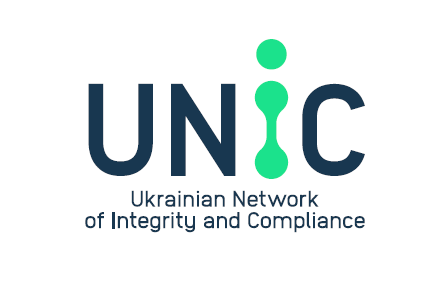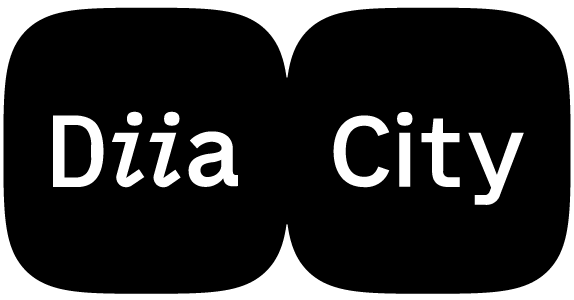Turbulence in the environment, it is something very close to the hearts of the Ukrainians. Changes, instability, low level of security. Harvard Business Review describes the turbulence as the rhythm or the volatility of changes in the operating, competitive or general contextual environment. The teacher of LvBS Anna Lewis told us how to interact with the changeability of the world as the global trend of managers and owners of the businesses, as well as HR professionals of the companies during Open House of the programs Key Executive MBA and MA in Human Resources and Organization Development “Change management”, held in Kyiv on 30 of September. Hereinafter comes the speaker’s direct speech.
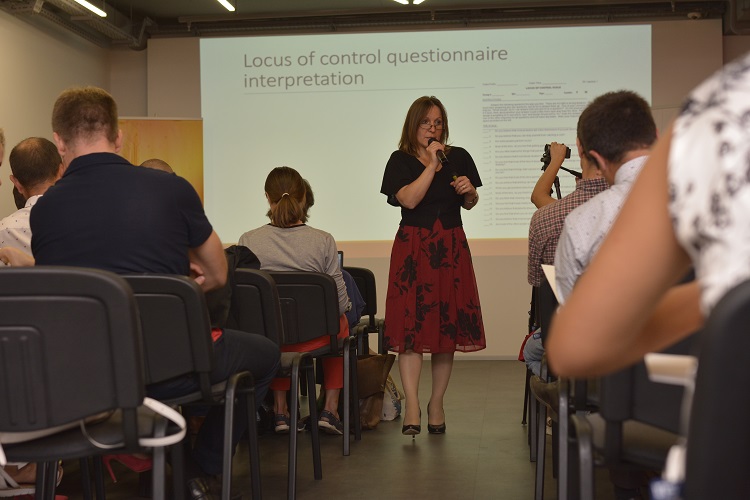
We often think about the turbulence in terms of war, global context, but you can and should think of that in the context of organizations as well. Now the managers and owners of the companies should talk about the changes in the contexts of stability and agility. And to focus on the agility, that is the ability to respond proactively to the inevitable changes. When the world has become less of water, one of the companies began to build factories requiring no water. When the world “buzzed” with global warming, the energy companies have started to think about the alternative ways to get or replace the electricity. These are the wonderful examples of how changes inside the company respond to the global trends, but many businesses still do not recognize that change management is a necessary competency in VUCA (an acronym from the Volatility, Uncertainty, Complexity, Ambiguity) WORLD.
In VUCA WORLD the number and frequency of the changes increase, the unpredictable situations happen, there are many variables values and relationships, the mess and chaos prevail. There are a lot of incomprehensible and unknown, as well as the difference in interpretations of the same data.
However, even under such conditions, there are some factors that may help you to prepare somehow. You can compose them, using so-called PESTLE analysis: predicting changes in P-politics, E-economics, S-social, T – technological, L – legal and E – environmental mediums.
Adoption of the fact that all the changes are constant and inevitable is the key to the success of the organizations. Here the necessary competency is agility, that is the ability to move fast, to be flexible, decisive, to predict, trigger and use the advantages of the changes, avoiding concentrating on the negative aspects.
Stability and sustainability of the life organizations in times of changes depend on the strategy of the behavior: it can be reactive or proactive. Undoubtedly, the reactivity is often inevitable, but we can add a proactive element: interaction with the changes through the understanding of their “heart” – the reasons of the origin and where they may lead.
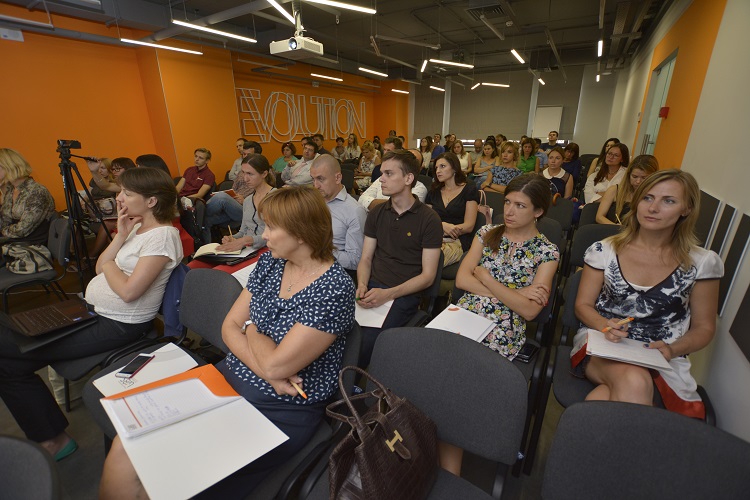
How do the highly effective organizations interact with the changes?
- They know how to overcome the “antibodies” that push away everything new.
- They know how to catch the opportunity and avoid the risk.
- They understand that the great jumps are more often associated with the big winnings.
- They understand that the self-development and the only development of companies is not enough anymore.
So in times of instability, turbulence, the winner is the one who get along well with the reality. If you deny it, this can cause the major stress, worth the great effort and trigger a large and unnecessary costs.
We remind you that on 30 of September Open House “Change management” was held due to the programs Key Executive MBA and MA in Human Resources and Organization Development. Read also:
- Mychailo Wynnycky about business and jazz at Open House LvBS in Kyiv
- Anna Honcharyk at Open House LvBS in Kyiv: how to persuade the employees that “we can not live this way anymore”





